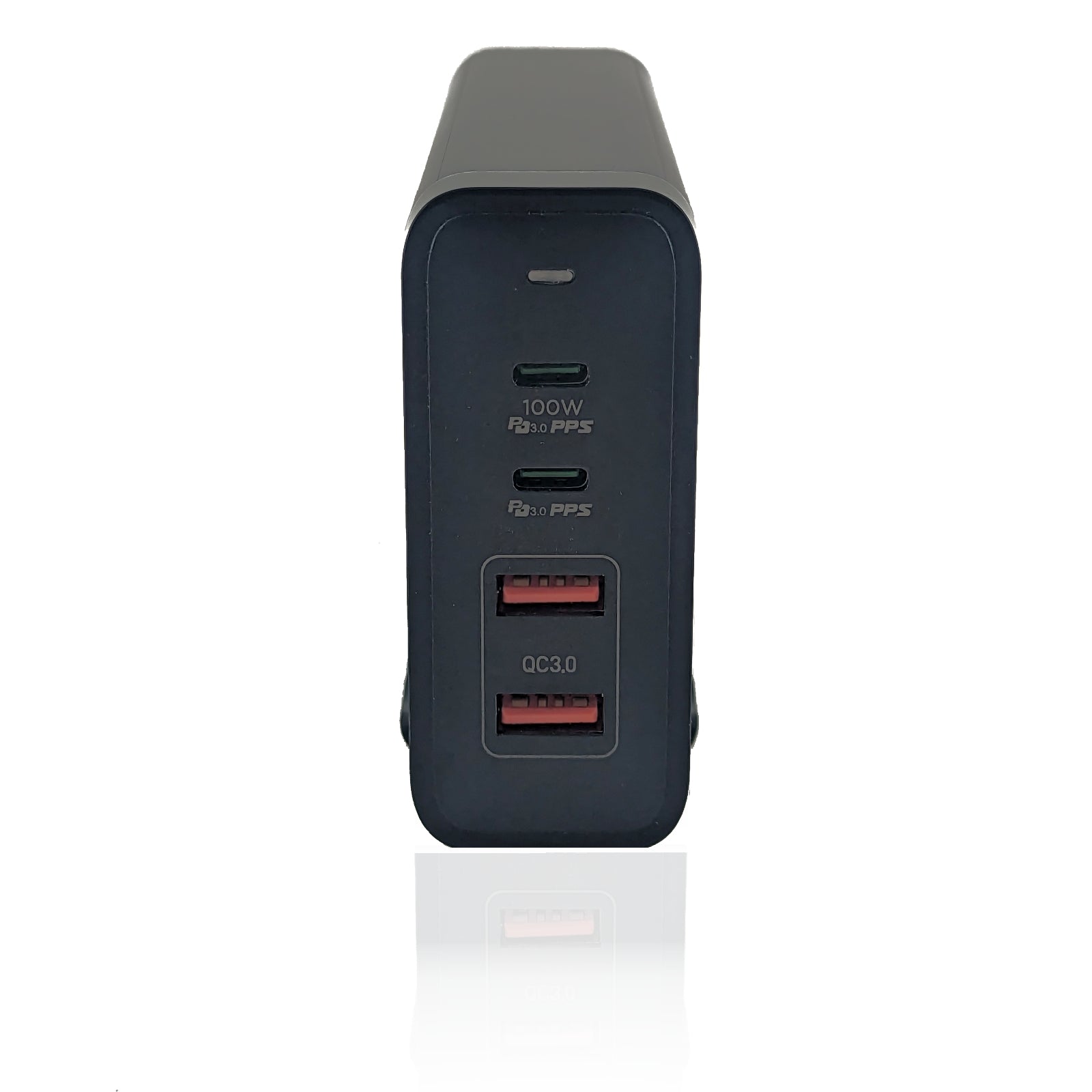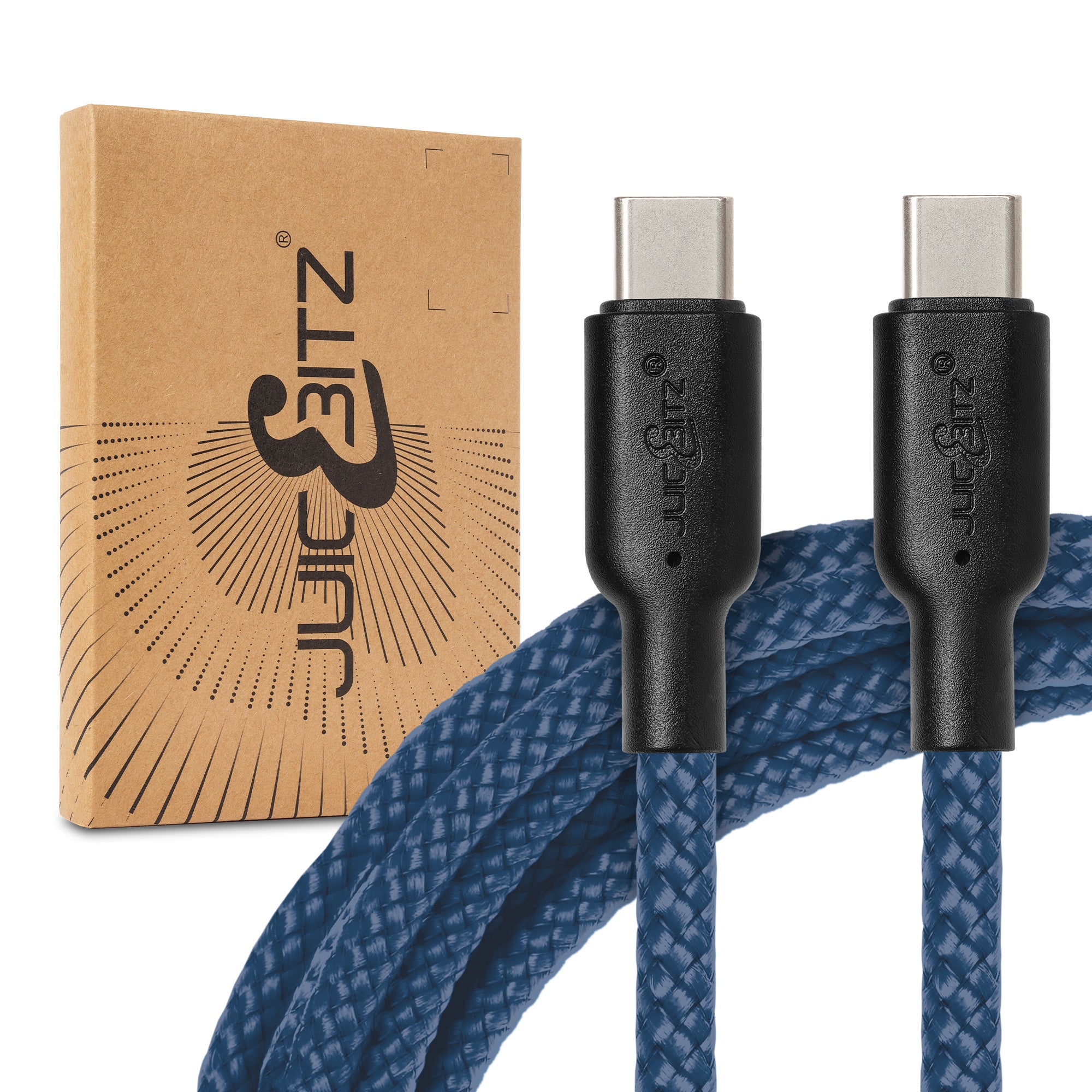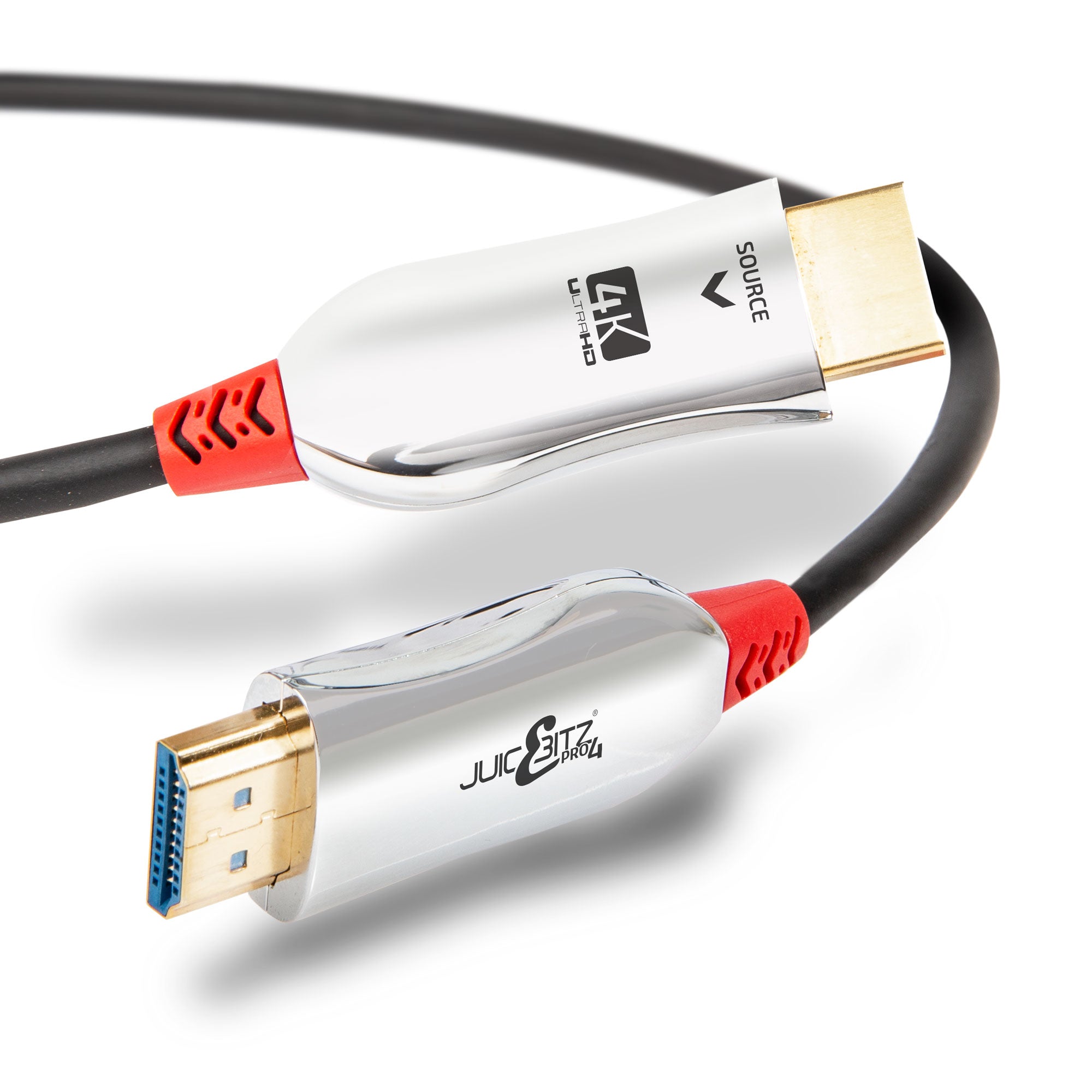Network Cables Unwrapped: CAT.6, or CAT.7 or should I use better?
CAT6 (Category 6) and CAT7 (Category 7) are both types of Ethernet Cables used for network connections. The main differences between CAT6 round and CAT7 Flat Ethernet cables lie in their specifications, including speed, shielding, and modular design which we will break down for you here:
CAT6 Round Ethernet Cable:
- Speed: CAT6 cables can support speeds up to 10 Gigabits per second (Gbps) up to 55 meters, making them suitable for most residential applications.
- Shielding: CAT6 cables generally have a twisted pair design with a tighter twist ratio compared to older cable types like CAT5e. They often come in both shielded (STP) and unshielded (UTP) varieties.
- Usage: CAT6 cables are suitable for most household devices, including computers, gaming consoles, smart TVs, and streaming devices.
CAT7 Flat Ethernet Cable:
- Speed: CAT7 cables are designed to support even higher speeds, up to 10 Gbps at 100 meters, and can potentially reach 100 Gbps over shorter distances.
- Shielding: CAT7 cables are typically shielded (STP) and have additional shielding layers to minimize interference and crosstalk.
- Design: CAT7 flat cables are designed to be more flexible and easier to route in tight spaces. They have a flatter profile compared to the round design of Cat6 cables, making them the optimal choice where managed switches or multiple routers are being used which is mainly in large business or industrial environments.
For most household devices and typical residential networking needs, CAT6 cables are more than sufficient. They offer excellent performance for most applications, including streaming, online gaming, browsing, and connecting smart devices.
Most devices that you have in your home are fitted with Network Adapters which are only capable of 100Mbps. Examples of this are PC's, Laptops, Digital TV Boxes, DVD or Blu-ray Players and more. Which means that the maximum transfer rate is 100Mbps (max). So investing in anything more isn't actually required, even though the cables can support up to Gigabit Ethernet or 1000Mbps, the devices can only transfer/stream up to 100Mbps. This means that everything on your network can work up to 1000Mbps (Gigabit Data Transfer), but is limited to 100Mbps, per device.
For instance, you can future proof yourself and your wallet by spending more or having CAT8 or CAT9 cables, but you'd probably not benefit from this at home or in any environment currently or within the next 10 years, as the devices being marketed do not have this technology to support such huge data transfer speeds.
CAT7 cables, while capable of higher speeds and providing better shielding, are generally overkill for standard household use. They may be more suitable for specialized applications or environments where there's a need for maximum speed and interference protection, however this is seldom the case for most typical setups.
It's important to note that the actual performance of a network depends on various factors, including the quality of the cables, the network equipment, and any potential sources of interference. Always ensure that your cables and equipment are compatible with each other for the best performance.
If you are in doubt, simply give our Sales Team a call for more advice on 01723 332269 Opt.1 Sales or drop us an email via our Contact Page.




